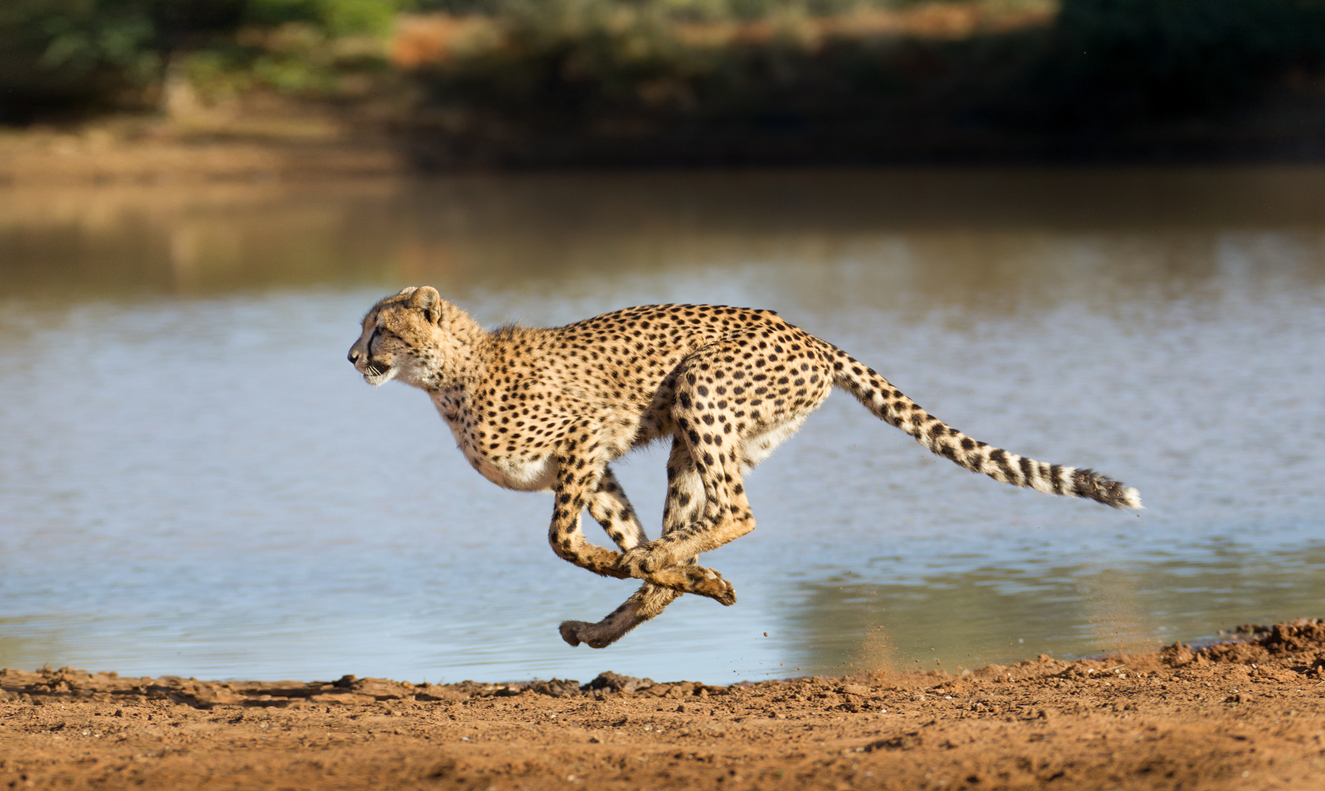India reaffirms its commitment to global pharmaceutical standardisation and regulatory convergence
India on Wednesday reaffirmed its commitment to global pharmaceutical standardisation and regulatory convergence.
During the 16th century, more than 10,000 Asiatic cheetahs lived in India. It is relatively easy to tame the cheetahs and they were trained and domesticated and were kept on a leash much like dogs.

Representational Image [Photo: iStock]
The cheetah is the only large carnivorous animal to have gone extinct in India primarily due to hunting and habitat loss. Maharaja Ramanuj Pratap Singh Deo of Koriya, Madhya Pradesh, is believed to have killed the last three recorded cheetahs in India in 1947. In 1950, the Indian government officially declared the cheetahs extinct in the country. Historically, cheetahs were found in Asia and Africa, and the cheetah found in Asia were classified as the Asiatic cheetahs. The Asiatic cheetah was thought to be smaller than the African cheetah but with a more powerful neck and longer legs. Due to this reason, it is believed that Asiatic cheetahs are faster than African cheetahs although there is no scientific evidence to support this claim.
During the 16th century, more than 10,000 Asiatic cheetahs lived in India. It is relatively easy to tame the cheetahs and they were trained and domesticated and were kept on a leash much like dogs. The process of training a cheetah took 3 to 4 months and ultimately the animals were used for royal hunts. Using wild cheetahs to hunt other animals was a popular practice during the Mughal Empire, especially during the reign of Emperor Akbar.
Advertisement
Akbar as a 13-year-old, was first introduced to hunting with cheetahs in 1555 AD. According to the author, these cheetahs were used by the Mughals to hunt blackbuck, antelopes and gazelles. Hunting with cheetahs was a favourite sport of the Mughalso. It is reported that the Emperor had around 9000 cheetahs in his menagerie, however the capturing of wild cheetahs for hunting was taking a toll on their population. There was another problem, the cheetah’s ability to breed in captivity was limited, hence their population growth was further restricted. During the time of emperor Jehangir in the 16th century, the first cheetah was successfully bred in captivity. It is also reported that he engaged in cheetah coursing to capture more than 400 antelopes near New Delhi.
Advertisement
With the arrival of the British, the fate of Cheetahs was sealed. They were most interested in hunting tigers and elephants. They also cleared forest habitats making way for tea and coffee plantations, hence the habitat of many animals was threatened. It is said that the British government considered the cheetah as a vermin and even placed bounties on it. Experts believe that bounty hunting led to the animal’s decline in India. In the meantime, the Indian elite and rulers continued to use cheetahs for hunting. This practice continued into the 1920s but by the 20th century, wild cheetahs were rare in India, so finding a wild cheetah soon became a daunting task.
Advertisement